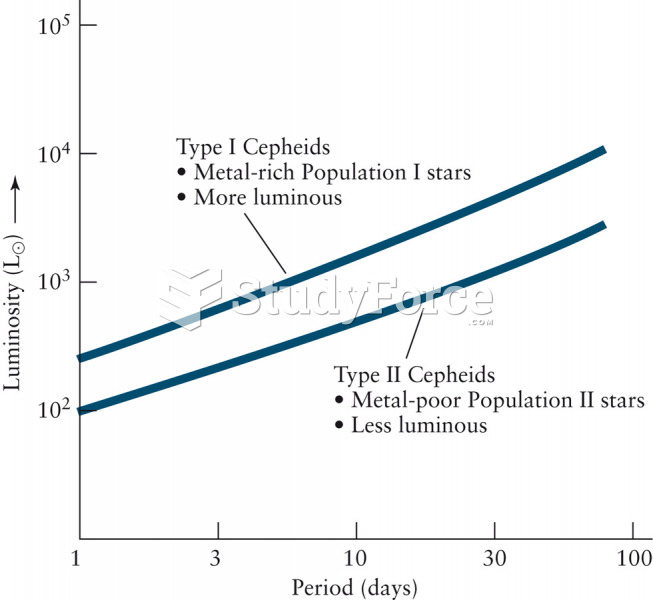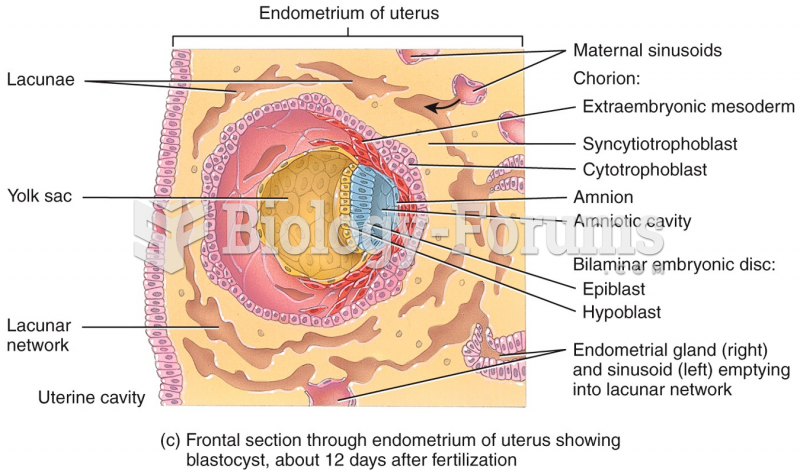Answer to Question 1
A
Answer to Question 2
It does not seem like cost data is available for any single menu item. In general, the menu is too long, and the majority of the restaurant's sales are attributed to just twenty items. Given that the main menu includes eighty items (not counting an extensive sushi menu that was not provided in the case), the restaurant has the opportunity to significantly pare down the menu to not only make ordering easier for guests, but also to improve inventory issues and reduce the complexity of the BOH. As an operation within a casino, a shorter dine time can help get guests out of the restaurant and onto the gaming floor more quickly.
Although it is useful to use sales mix as a guide to decide which items to remove from the menu, ultimately addition/deletion decisions should be based on item gross margins which can only be calculated once menu item costs have been calculated. Until menu item costs are calculated, management should consider the following items to be removed, re-priced, or re-engineered:
a) Appetizers & Soups: Vietnamese Hot & Sour Soup, Sea Cucumber Hot and Sour Soup,
b) Entrees: Mongolian Beef, Green Pepper Steak, Orange Beef, and Garlic Rib eye, Orange Duck, Sesame Chicken, Ginger Crab, Wok Sauted Conch, Steamed Filet of Orange Roughy, Vietnamese Clay Pot Fish (Small).
c) Rice & Noodles: Salty Fish Fried Rice, Beef Fried Rice, Beef, Chicken or Pork Lo Mein, Cantonese Style Beef Soup.
These items are not popular, and do not necessarily improve the restaurant's image or cache. In short, if no one (or very few people) buys these items, and they don't add to the operation's marketability, then there is no reason to continue to offer them. The upside to eliminating the items stem from simplifying the menu, which may decrease the dining time, facilitate interaction with the FOH staff, and make decision making easier (less frustrating) for the guest. From a BOH operational perspective, menu simplification may mean fewer ingredient SKUs and inventory to carry and easier training and learning curve for line cooks with fewer recipes and preparations to become familiar with.
Once a menu item costing exercise has been completed, the executive chef should work to re-engineer each dish (portion size, and ingredient components) so that the gross margin earned from each dish is comparable to all other dishes listed on the menu. The idea is to make each dish as profitable as the next so that it will be easy to decide which dishes should be removed in the future simply based on menu mix and popularity. In general, the restaurant should work to decrease the average price of its entrees and appetizers to attract more non-comp guests. Gross margins on menu items can still be maintained, even with a price decrease, if portion size and menu item costs are concurrently reduced.







